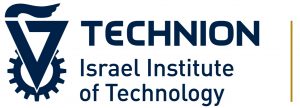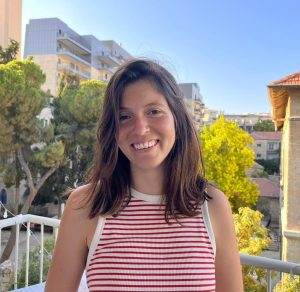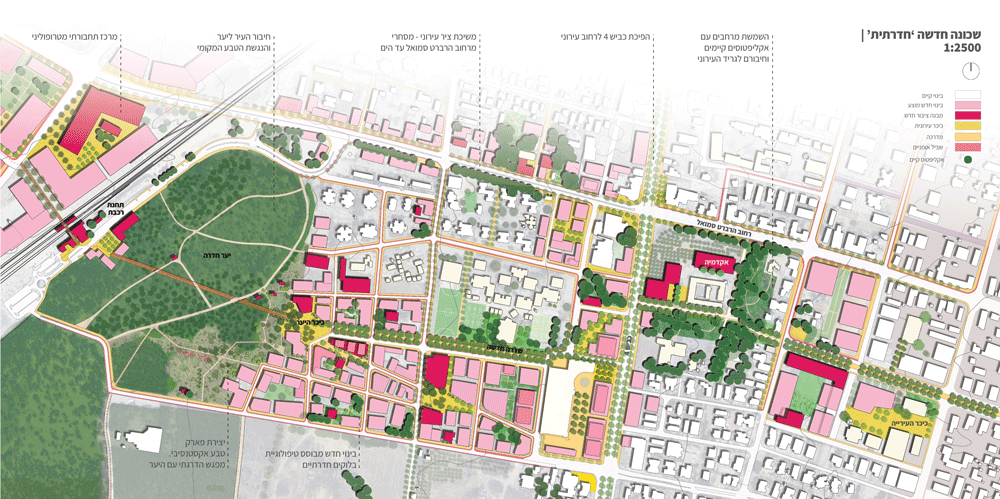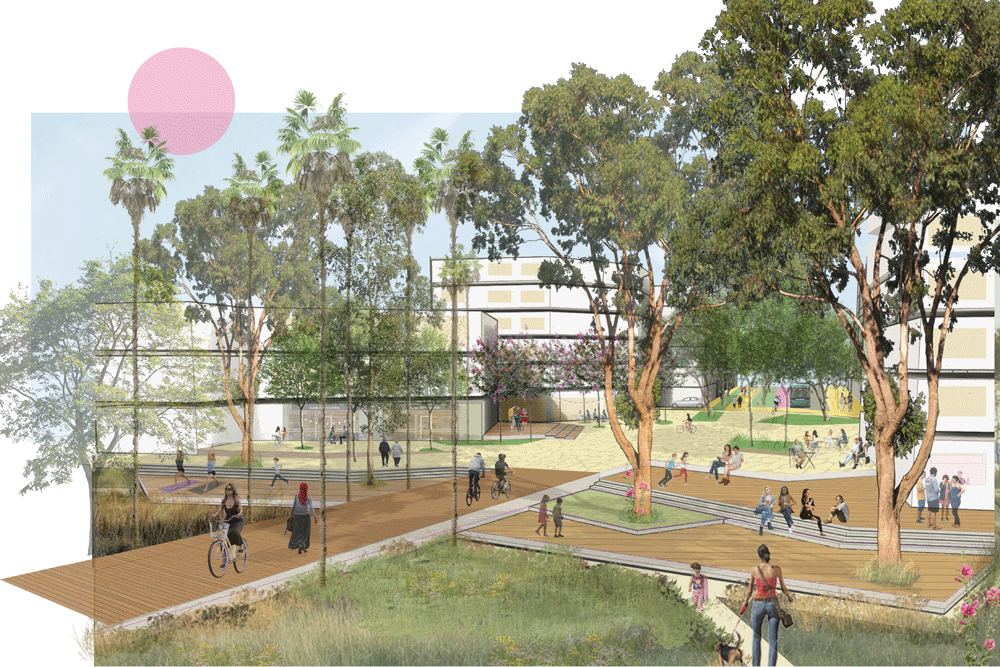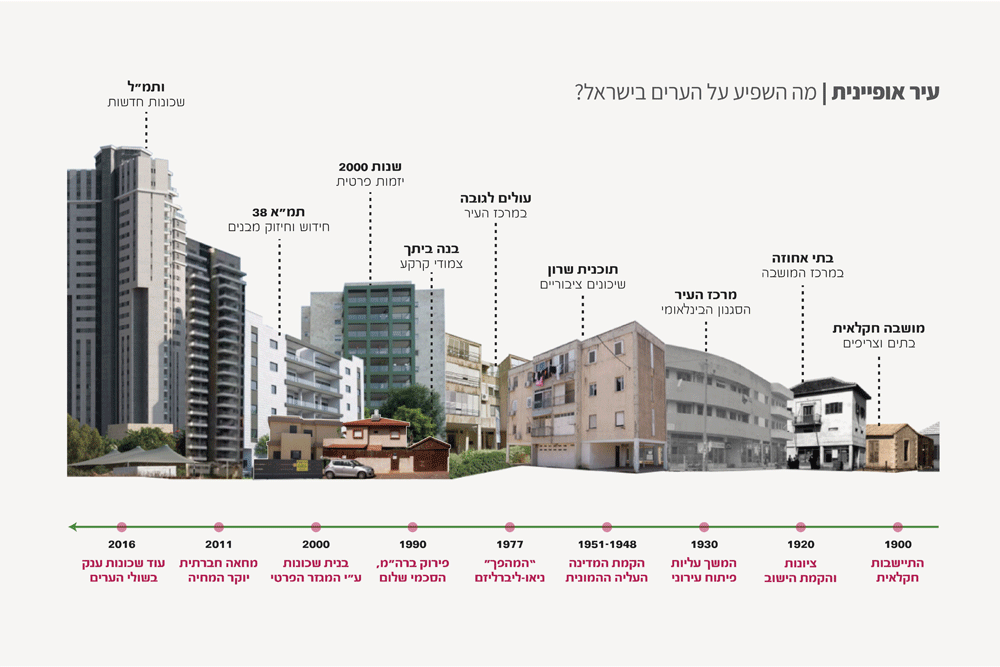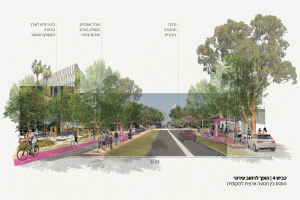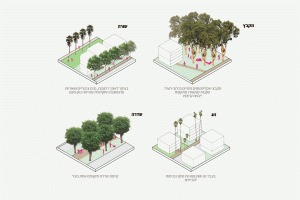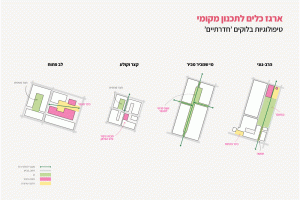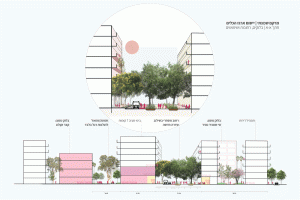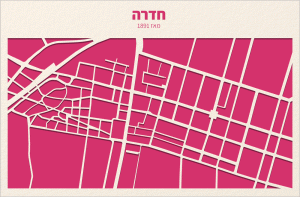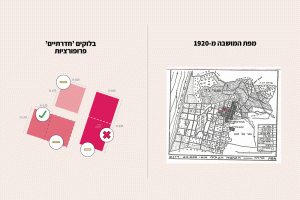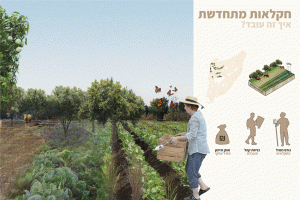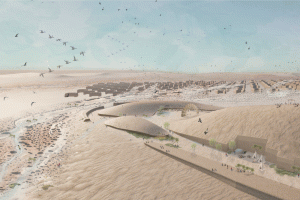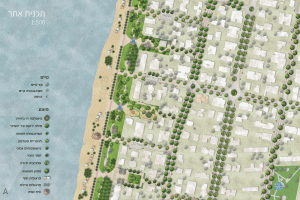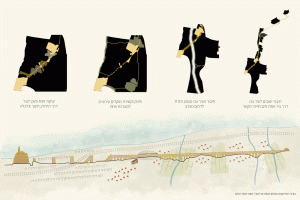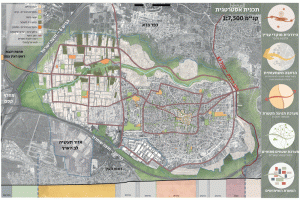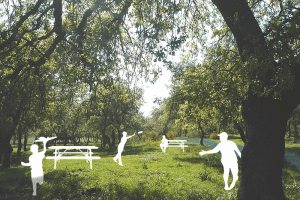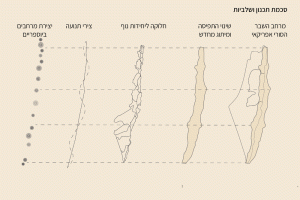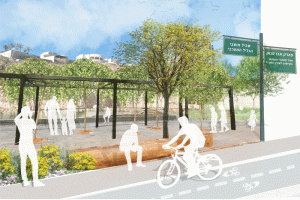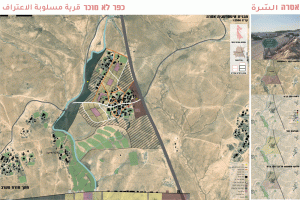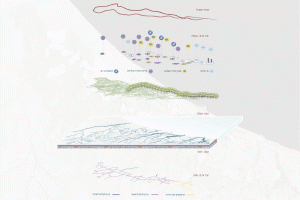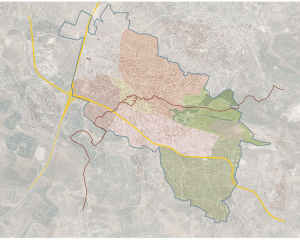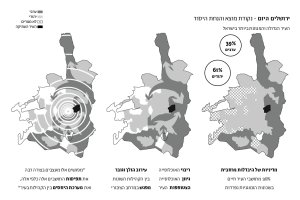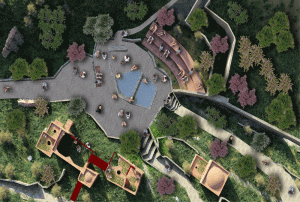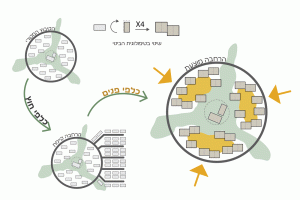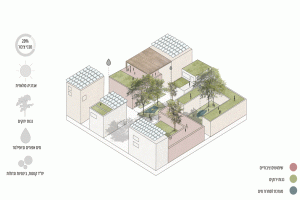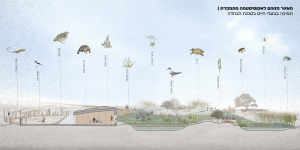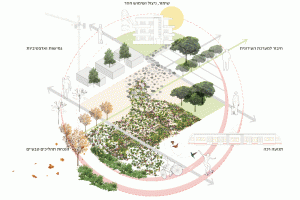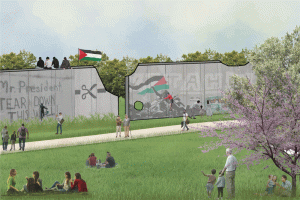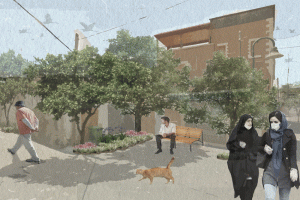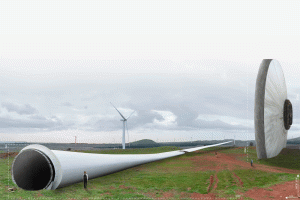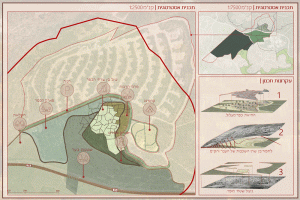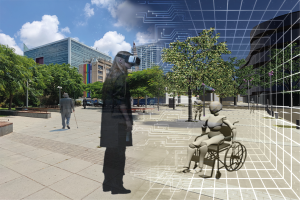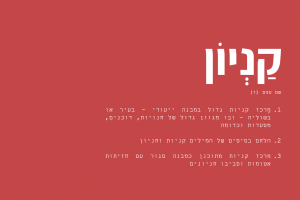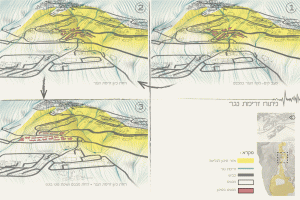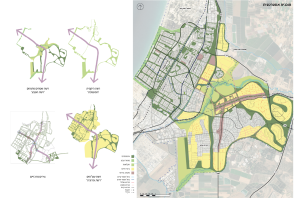Identity crisis
The Israeli landscape has increasingly been characterized by generic high-rise neighborhoods that lack distinct identity and urban elements. This trend has resulted in the destruction of local natural landscapes and the emergence of unsustainable lifestyles.
My project proposes an alternative approach to planning a new neighborhood in Hadera, drawing inspiration from the vibrant local urban elements found in the historic city center. By reimagining the grid structure, block configurations, and street elements while incorporating typical urban vegetation, the goal is to preserve and celebrate the unique character of Hadera.
The design approach aims to transform non-places, such as roads and infrastructure, into meaningful spaces that enable the community to express their local identity and emotional connection to the city. This vision includes creating a continuous and vibrant urban corridor featuring public buildings, inclusive and accessible public spaces, and the preservation of old and significant trees. These elements will connect various areas of the city, reduce dependence on private vehicles, and enhance accessibility to the isolated train station by foot or bicycle.
Furthermore, the project seeks to connect the nearby unique local landscape—the Hadera Eucalyptus Forest, planted by the city’s first settlers—by providing residents access to this rich natural environment.
Overall, the project aims to contribute to the dialogue on the transformation of urban landscapes, advocating for a comprehensive and holistic view of urban characteristics that preserves natural values while fostering a compact, multi-purpose, and sustainable urban environment that cultivates vibrant communities.
